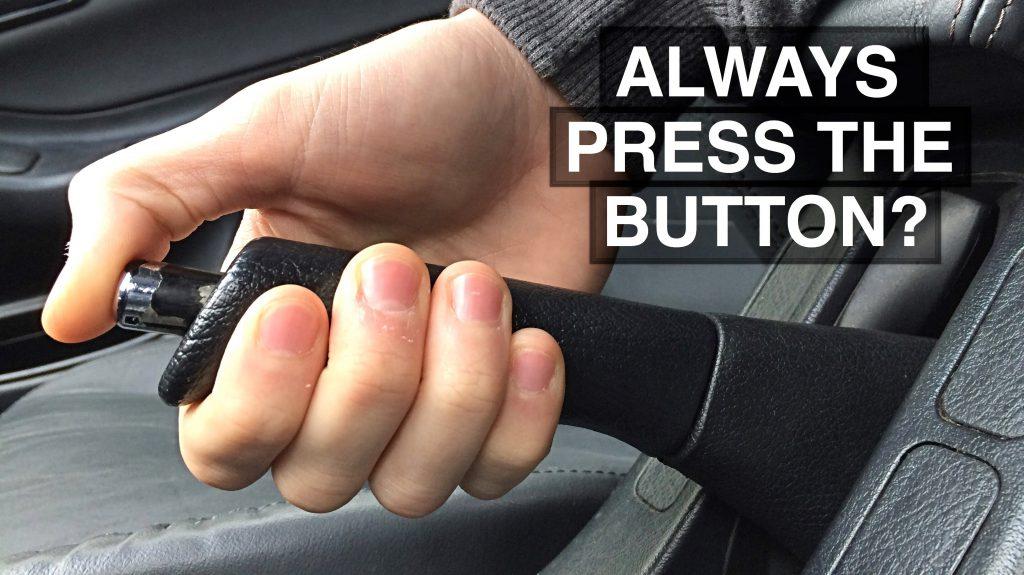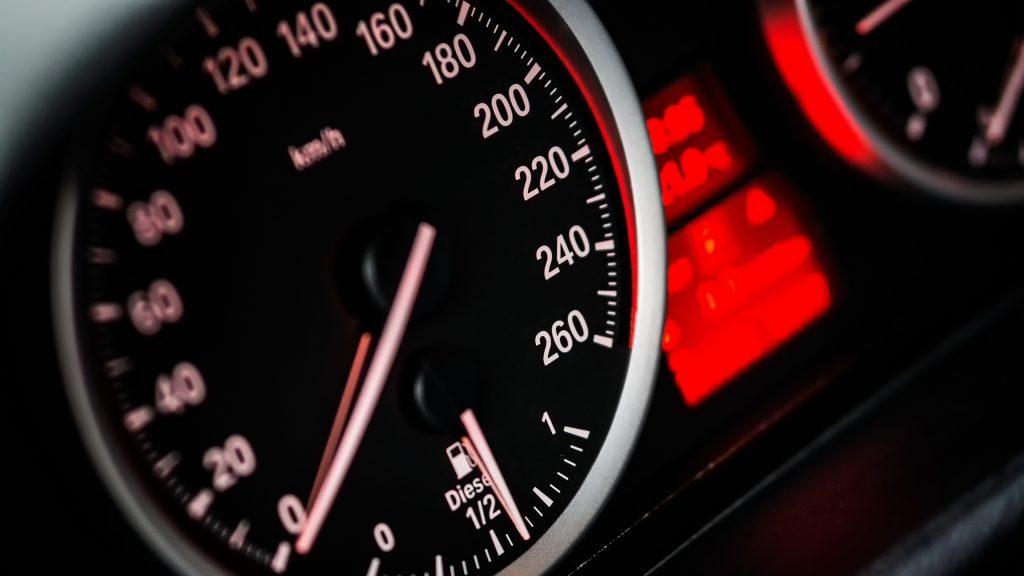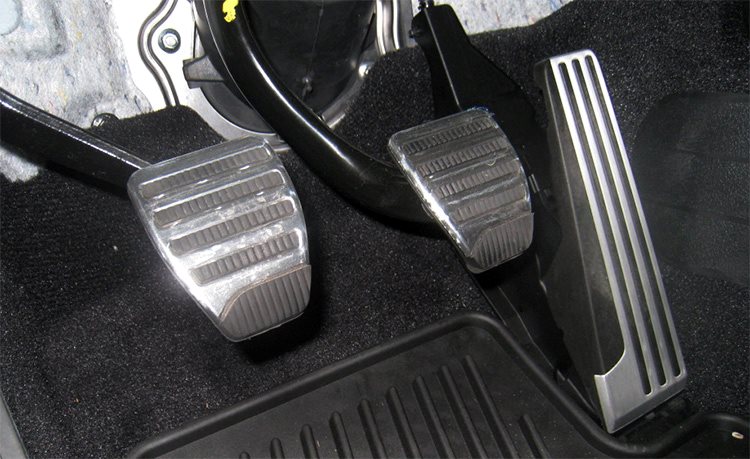Should I Press Clutch To Apply Brakes Or Slow Down The Car?
For all the car learners, it’s essential to understand – when to press clutch. Some of the professional drivers are also unaware of the right driving tips, which ultimately affects the engine or other car parts.
Besides affecting the car, if the clutch is pressed every time while applying brakes or slowing down, this may also trouble other cars running on the side or behind.
Simply put, this means one should not press the clutch all the time. To know the reasons and the appropriate use of this component, follow the instructions given below.
When Should You Press Clutch: The Right Time!
By now, it must be clear that pressing clutch every time is not recommended. There are several reasons associated with this statement.
To understand them, let’s learn the actual use of clutch along with the troubles that one may encounter on depressing it every time.
1. Clutch Control When Braking to Stop
While driving on the road, start pushing the car brake gently without playing with the gear. Continue with the same process unless the RPMs are slightly above idle.
On reaching the approximate state of idle, press the clutch and shift the stick in lower gear.
For instance, if you’re near the intersection point on the road, shift the car from 3rd to 2nd gear by releasing the clutch.
Next, continue pressing the brake unless you’re about to halt. Now, before your car stops, press the clutch and bring the gear in neutral.
However, other than this, if you press the clutch, the time you step on the brake, this may affect the clutch bearings. Or, in case you forgot to press it just before the complete stop, your car may stall.
Stopping on Incline
Here, on an inclined road, you have some more homework to do. For instance, continue braking and use the clutch the way it is defined above. The only thing you need to add here is the use of a parking brake.
As soon as your car comes to a complete stop, pull the parking brake to prevent the car from rolling backward.
Note: Remember to release the parking brake as soon as you think to start again.

SEE MORE:
2. Clutch Control During Downshifting
Like upshifting, the use of the clutch during downshifting is determined by the engine’s speed.
To comprehend this in a better way, let’s take an example.
Suppose you’re driving the car at a speed of 70 mph and suddenly due to another car ahead, you have to slow down to 60-50mph. In this case, there’s no need to change the gear or press the clutch. As the car’s system regulates the speed in the same gear.
However, if you have to bring down the car suddenly from 70mph to 30mph, the clutch use comes into action. This is because when RPM gets too low, the car’s engine lags a bit. Moreover, the accelerator also gets less responsive.
In other words, you should press the clutch and change the gear before turning the car around the corner or during a sudden decrease in your vehicle’s speed.
Tip: Make sure on corners, you don’t glide the car without much effort, as this greatly reduces the vehicle’s controlling ability.
Besides this, always be sure of changing gear once you have removed your foot from the accelerator. This is necessary to avoid the engine from revving up during the clutch release.

3. Clutch Control with Sudden Braking
In an emergency, the clutch and brake are frequently utilized jointly since it is the most effective technique to brake without destroying the mechanical elements of the automobile.
If someone or anything appears in front of your car, you must simultaneously apply the clutch and brake, which will prevent you from accelerating by accident since your transmission will be detached from the wheels.
You will also be able to stop using the full braking force of your vehicle.
4. Clutch Control At High Speeds
In the circumstance when you have to control the clutch at high speeds, first you use the brake, then use the clutch. When you are traveling at a reasonable pace and need to slow down, use the brake.
Now, if you desire to stop or your automobile’s speed hits the lowest speed of the gear, you must engage the brakes to keep your car from stalling.
When you begin braking, your speed begins to plummet. And once it falls below 15 mph, your engine begins to struggle and finally stalls.
To avoid this, you should push the clutch once you reach the lower speed of the gear or feel the engine starting to struggle.

Why Should You Not Press Clutch Or Brake Pedal When It Is Unnecessary?
The usage of a clutch is critical for the smooth operation of a manually geared vehicle, however excessive clutch pedal use reduces the life of clutch plates and the vehicle’s performance. When an undesired clutch is used, the following circumstances occur.
- Clutch slippage causes power loss owing to inadequate transmission.
- Inconvenience due to difficulty shifting gears
- A sharp chirping noise makes driving irritable and uncomfortable.
- The shaking behavior of the vehicle is caused by shuddering.
Similarly, we should not utilize brakes needlessly for a specific cause.
- Repetitive braking reduces tyre life
- Undesirable power transfer loss.
FAQs on Press Clutch
-
Do you keep the clutch engaged while waiting at stop signs?
No, do not remain in gear at stop signs.
This is difficult on the clutch’s spring, bearing, and diaphragm. Instead, place the stick shift in neutral and let off of the clutch. Let us simply take a moment to admire this hardworking sloth.
-
Is it possible to use the clutch in first gear?
Once in gear, even first gear, you must remove your foot from the clutch pedal. However, in order to smoothly transition from a halt to movement in first gear, you must partially engage the clutch. It is a correct and essential application of the equipment.
-
Is it harmful for the clutch to begin in second gear?
For whatever reason, there are instances when you believe it would be better to start your manual transmission car in second gear rather than first. In most circumstances, however, doing so will result in increased clutch wear.
-
What happens if you let off of the clutch too quickly?
When you release the clutch too soon, your car will jolt and put too much strain on the engine and transmission. This causes the clutch to overheat, which can cause catastrophic damage over time. This is a prevalent issue among new and inexperienced drivers.
-
How quickly can you damage a clutch?
A clutch’s typical lifespan ranges from 20,000 to 150,000 kilometers. Fortunately, your clutch will most likely give you plenty of warning when something is amiss.
-
Does revving cause clutch damage?
Most drivers have a bad habit of revving the engine while the clutch is still engaged. When the clutch is engaged, the engine revs much quicker, and the high RPMs seen in such instances can be fatal to the clutch.
To make things easier for you, we recommend you check out a video from World Driving that shows visual representations of the appropriate way to stop your car.
It will indicate whether you press clutch to apply brakes or which pedal to push first, allowing you to negotiate the roadways with confidence.
Remember, as a novice driver, you should take your time and practice your abilities until you feel comfortable and competent behind the wheel. With a little practice and direction, you’ll be cruising like an expert in no time.














